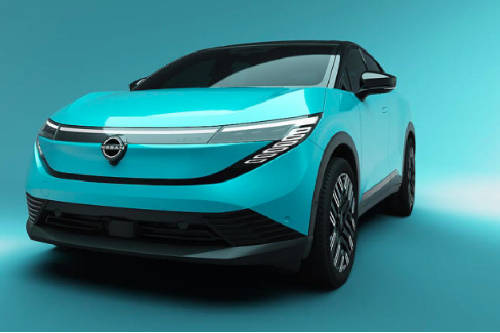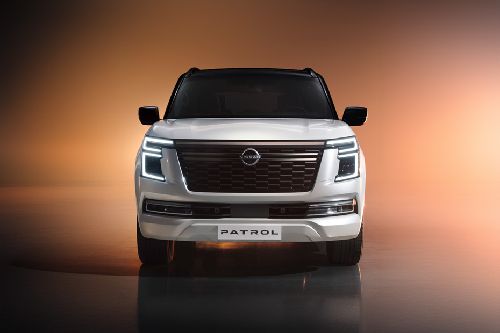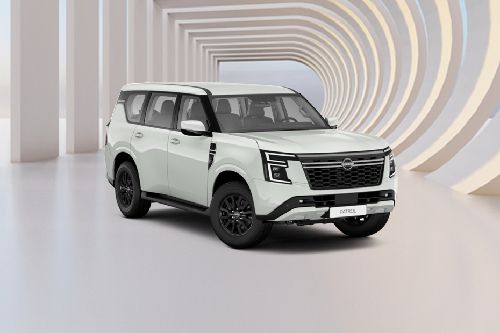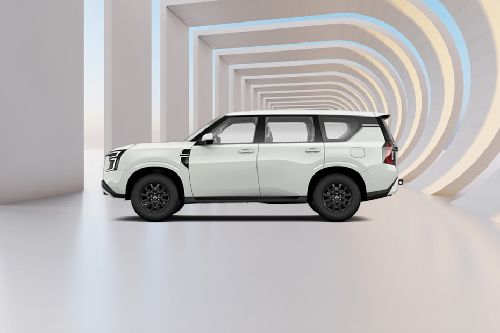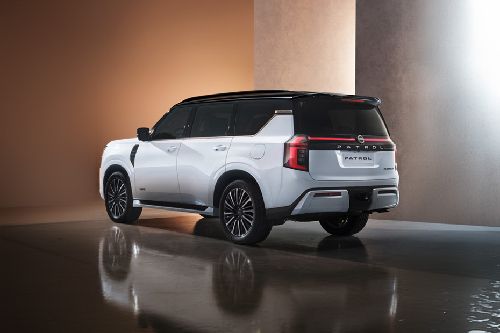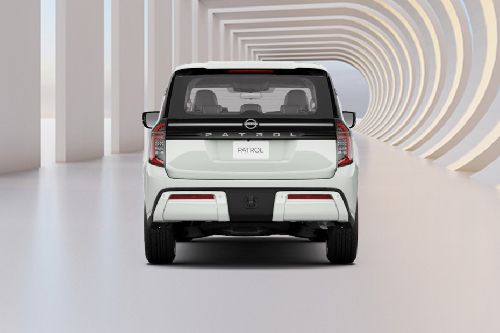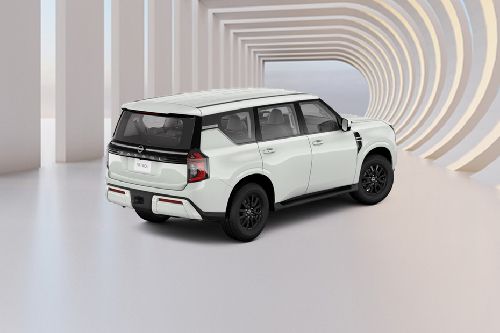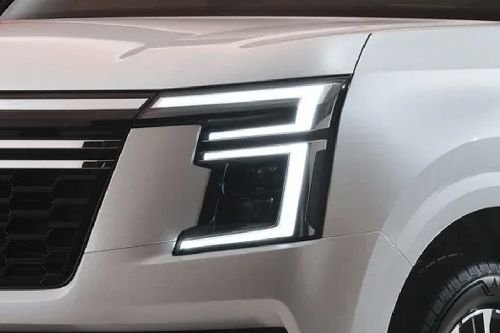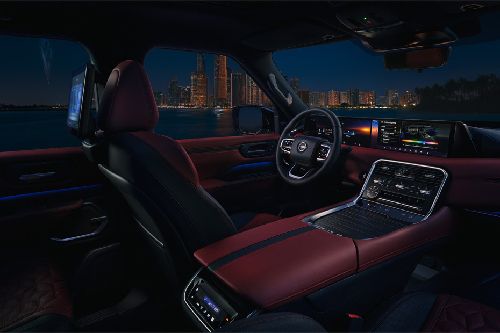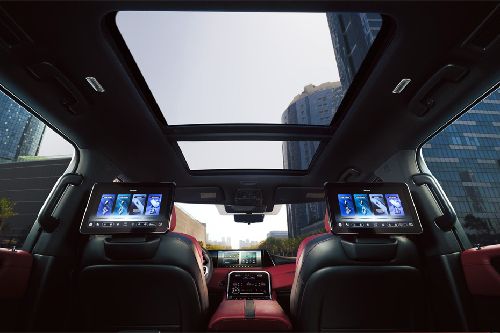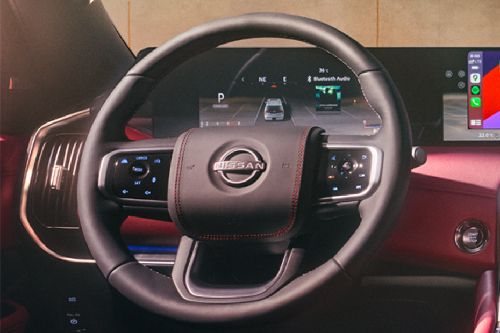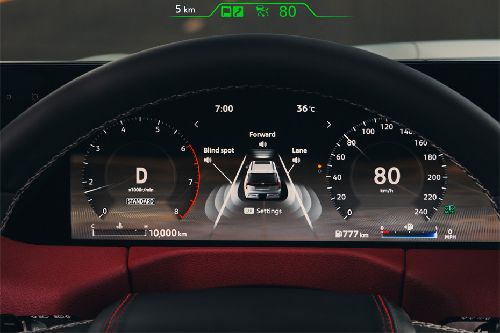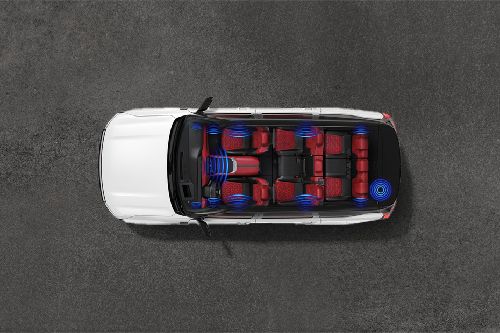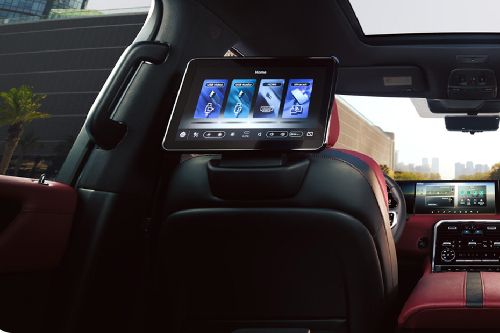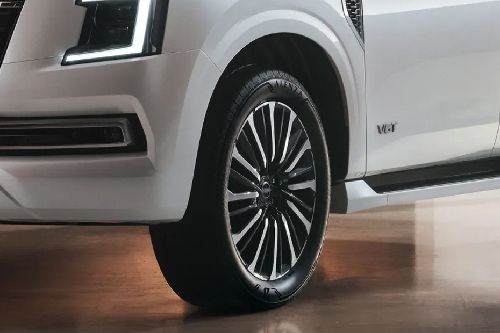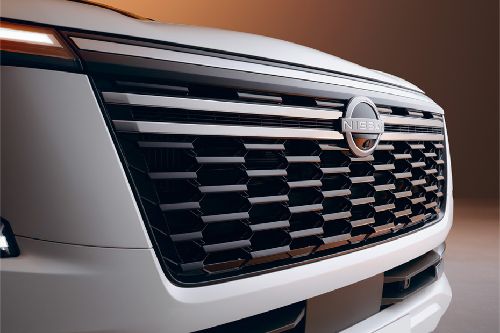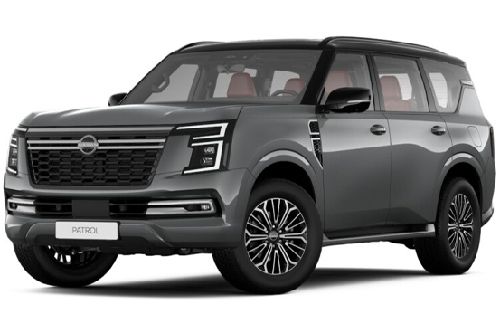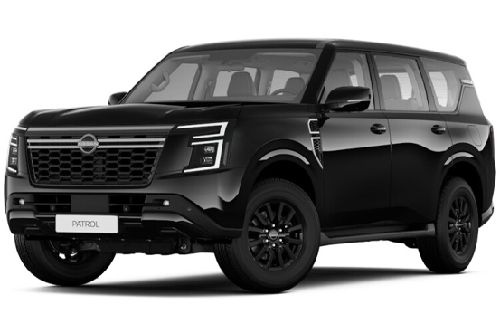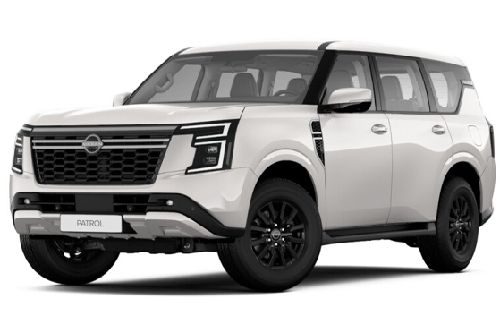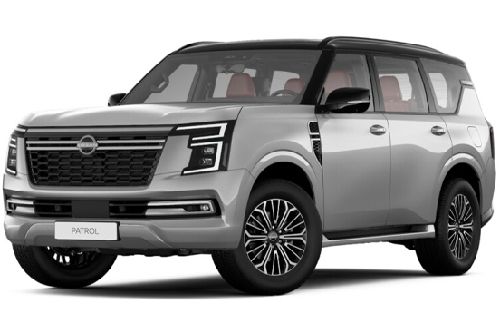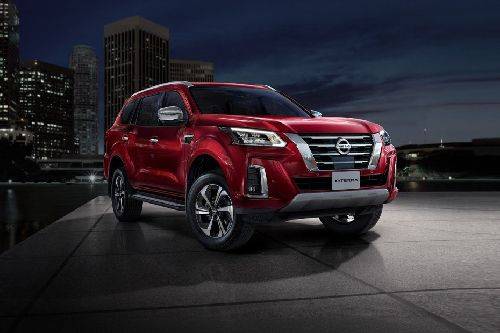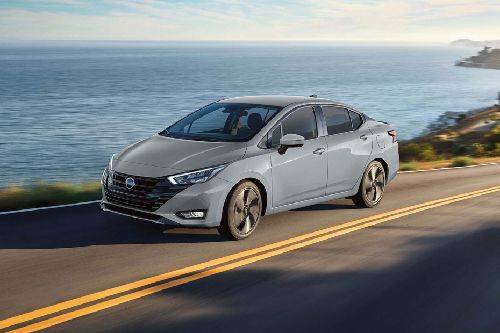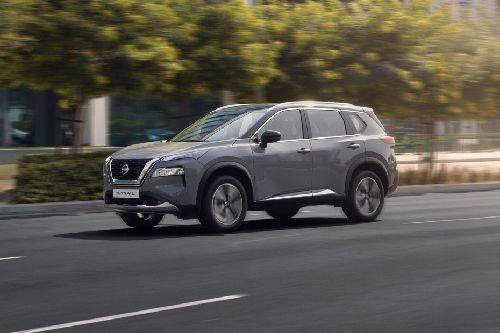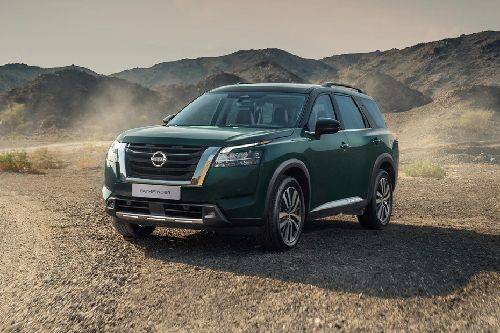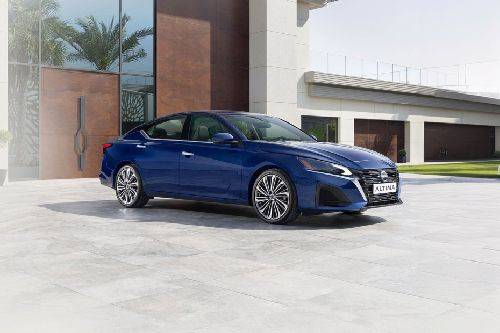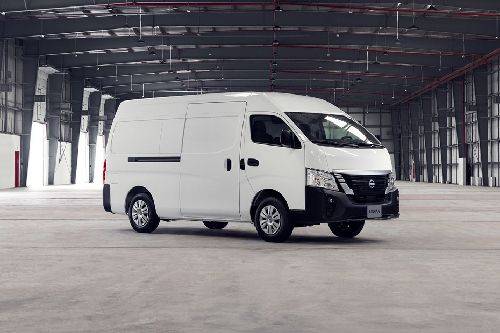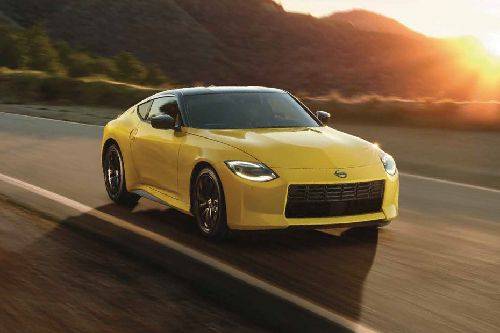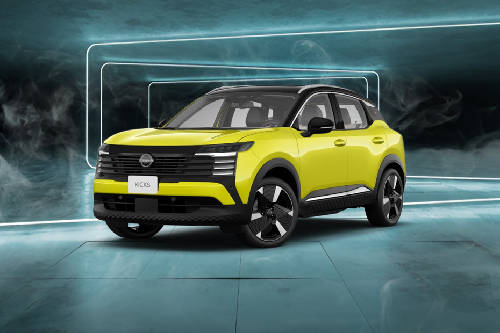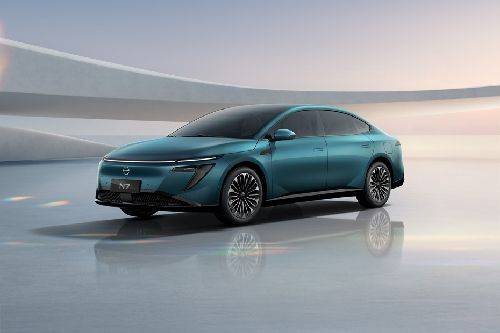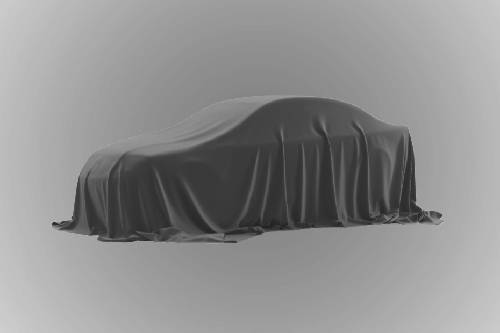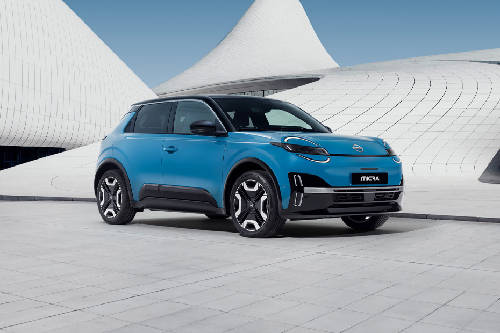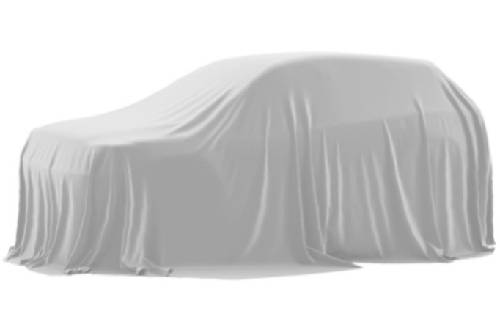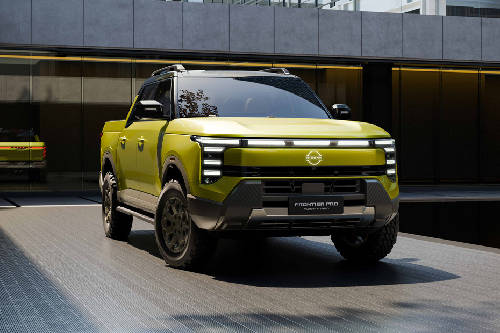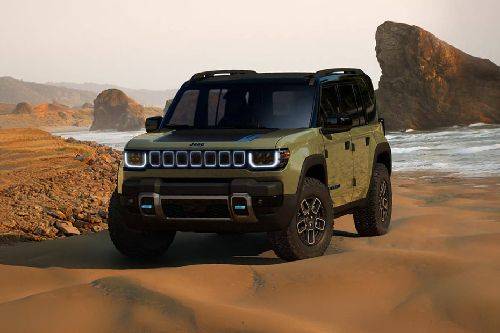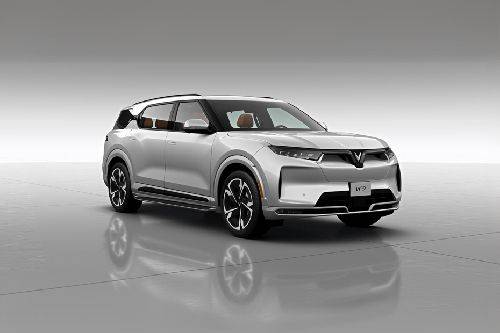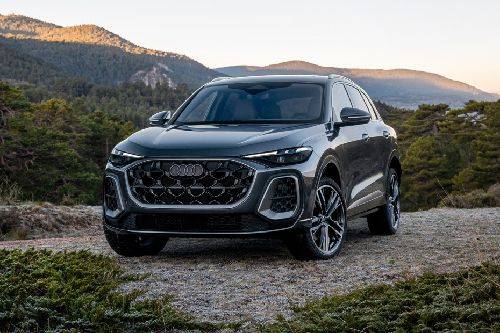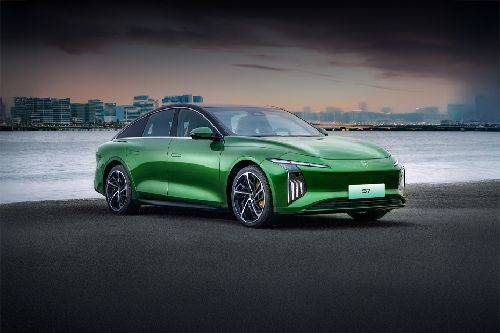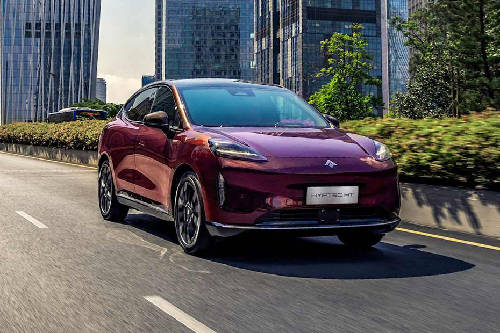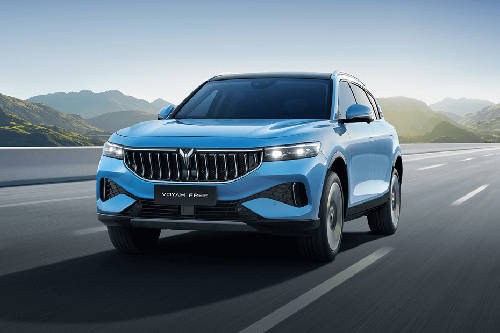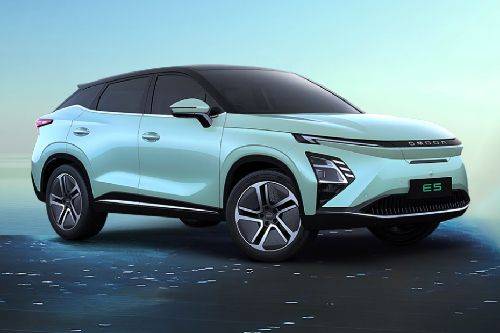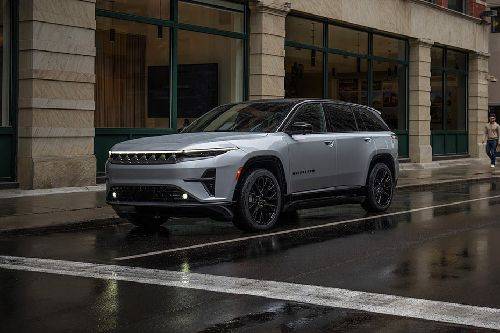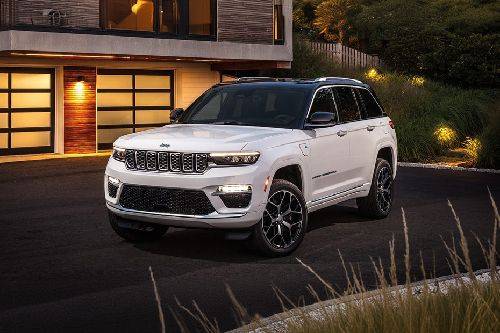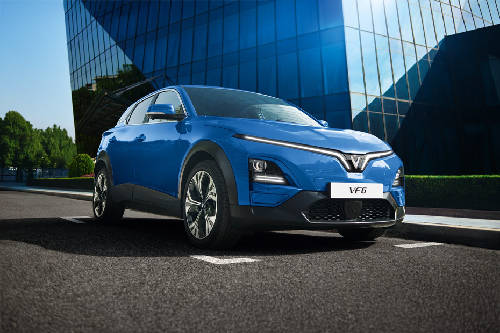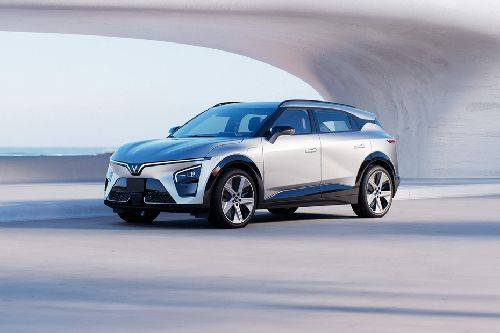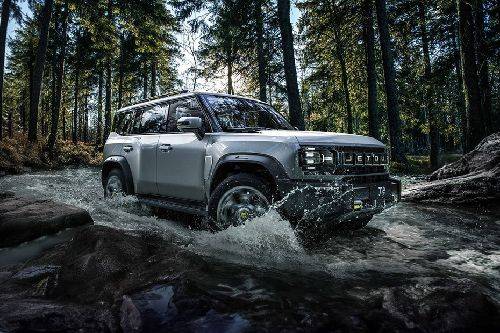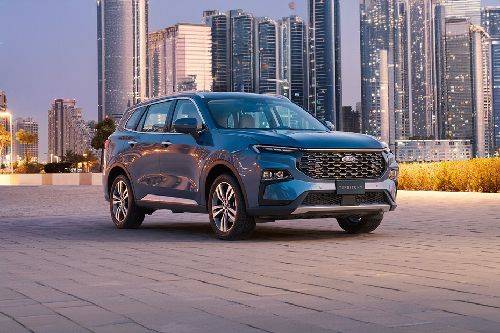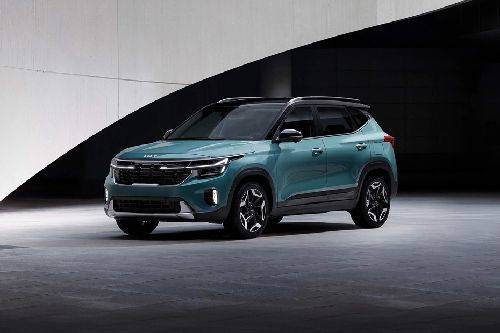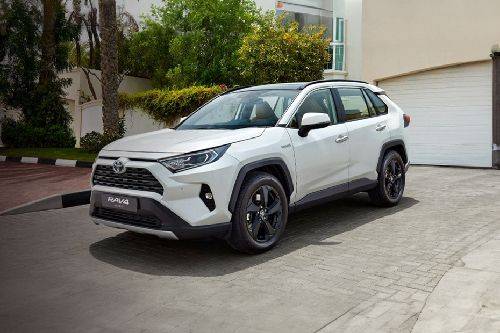Nissan's Strategic Shift: Focusing on Large SUVs for the Middle East Market

Abu Dhabi : The company plans to reduce vehicle platforms, simplifying parts and speeding up development.
KEY TAKEAWAYS
How will Nissan simplify its vehicle development process?
Nissan plans to reduce its vehicle platforms from 13 to 7 by 2035, simplifying parts and reducing complexity by 70%. This will enable the company to develop new models faster, often in about 30 months.What benefits can Middle East buyers expect from Nissan's Re:Nissan plan?
Buyers in the Middle East can expect more targeted products, especially large SUVs, and potentially more competitive new models sourced from China. Nissan's partnerships with Renault, Mitsubishi, and Honda may also bring new electric cars and smart driving features to the region.- Nissan focuses on large SUVs in the Middle East, a key market with high demand.
- Nissan explores Chinese-made models to add value and options for Middle East buyers.
- Partnerships with Renault, Mitsubishi, and Honda will drive innovation and electric vehicle development.
Nissan has revealed its new global Re:Nissan plan, a major effort to improve profits and run more smoothly by the year 2026. This big move comes with new leadership and a focus on restructuring the company. As part of this plan, Nissan is reaffirming its focus on the Middle East. The region is now one of six main markets, alongside the U.S., Japan, China, Europe, and Mexico.
For customers in the Middle East, this means Nissan will offer more targeted products. There will be a special focus on large SUVs, which are in high demand. There may also be more new models that can be bought at better prices. These models will come through Nissan’s growing network of factories and suppliers, including partnerships in China.
Focus on introducing more tailor-made SUVs
Nissan’s regional strategy in the Middle East focuses heavily on large SUVs. The Nissan Patrol remains a key part of this plan, helping the brand do well in the GCC. Under the Re:Nissan initiative, the company plans to focus more on SUVs. Future models will be tailored to local needs and stay relevant in the region.
The company has also suggested exploring Chinese-made models. These could add value and give buyers more options. New vehicles might come at lower prices but still meet Nissan’s quality standards. This move could help Nissan reach more customers while keeping quality high.
Reducing complexities = Faster development
Nissan plans to cut down its vehicle platforms from 13 to just 7 by 2035. This move will simplify parts, reducing complexity by 70 per cent. As a result, new models can be developed faster, often in about 30 months. This means new cars can reach showrooms in different regions more quickly.
Among the models expected to benefit from this faster process are the next-generation Skyline, a new global SUV in the C-segment, and an all-new INFINITI small SUV. Depending on where they are released, these vehicles could be appealing to buyers in the Middle East.
Partnerships with Renault, Mitsubishi, and Honda
Re:Nissan is going through a big change, including cutting 20,000 jobs and shrinking from 17 to 10 factories. The company is also focusing on partnerships to build a wider range of vehicles. It is working closely with Renault, Mitsubishi, and Honda to develop new electric cars and smart driving features. Some of these new products could be sold in the Middle East under the Nissan or INFINITI names.
For example, Mitsubishi is creating a new electric car based on the upcoming Nissan Leaf for North America. This same technology might soon be used to make affordable electric cars for markets in the Gulf Cooperation Council region.
Brand’s GCC Market Strategy
While many Re:Nissan headlines focus on saving money and reducing global manufacturing costs, the situation in the GCC is more about products. Nissan wants to:
- Stay as the leader in the large SUV market.
- Add more models using cheap platforms from China.
- Launch new SUVs and crossovers which will be made to suit local tastes.
- Reduce product cycles and speed up release of new models.
- Keep working with strong local dealers, especially in the region of Saudi Arabia and the UAE.
Demand for SUVs in the GCC continues to grow, with buyers focusing more on technology, performance, and value. Nissan’s increased attention to the Middle East through the Re:Nissan plan could help the brand remain competitive in this key export market.
More details about upcoming regional launches are expected as Nissan begins its global product update later this year.
Nissan Car Models
Don't Miss
Automotive News and Reviews
- Latest
- Popular
You might also be interested in
- News
- Featured Stories
Featured Car
- Latest
- Upcoming
- Popular
Compare & Recommended
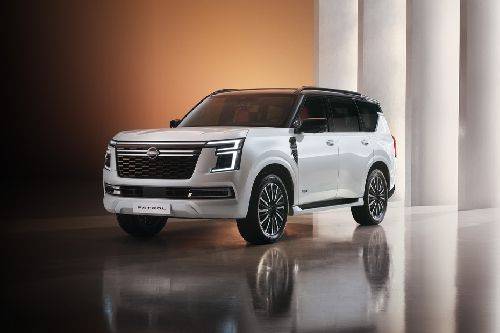
|
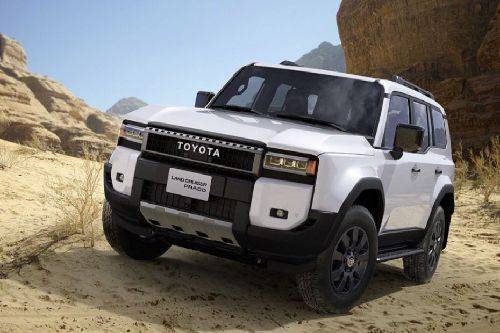
|
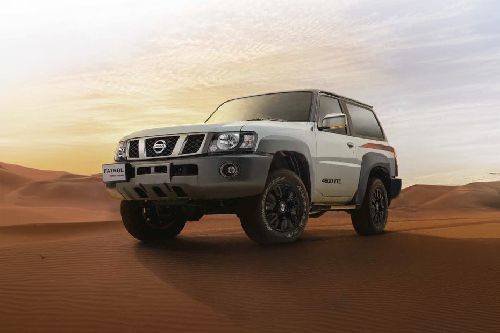
|
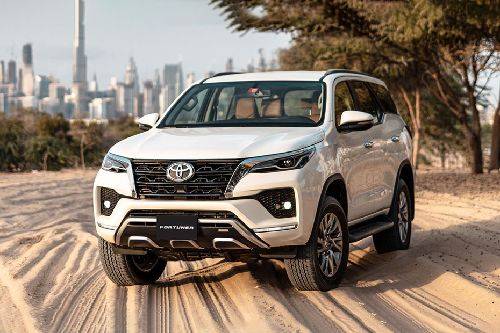
|
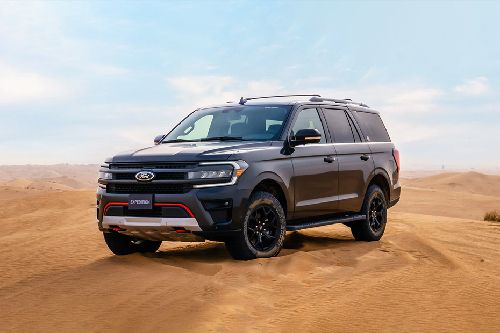
|
|
Transmission
Automatic
|
Automatic
|
Manual
|
Automatic
|
Automatic
|
|
Engine
3799
|
2397
|
4759
|
2698
|
3498
|
|
Power
316Hp@6400rpm
|
267Hp
|
280Hp@4800rpm
|
164Hp/5200Rpm
|
380Hp@5000rpm
|
|
Torque
386NM@4400RPM
|
430Nm
|
451Nm@3600rpm
|
244.18Nm/4000Rpm
|
637Nm@2250rpm
|
|
|
Trending SUV
- Latest
- Upcoming
- Popular
Compare
You can add 3 variants maximum*- Brand
- Model
- Variant
Choose your city to find options nearby


